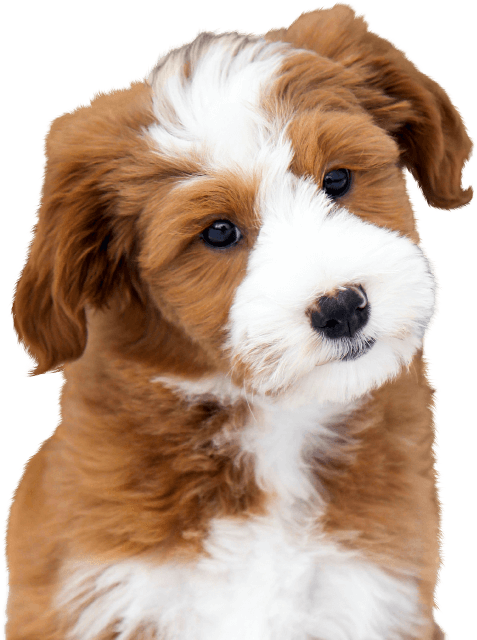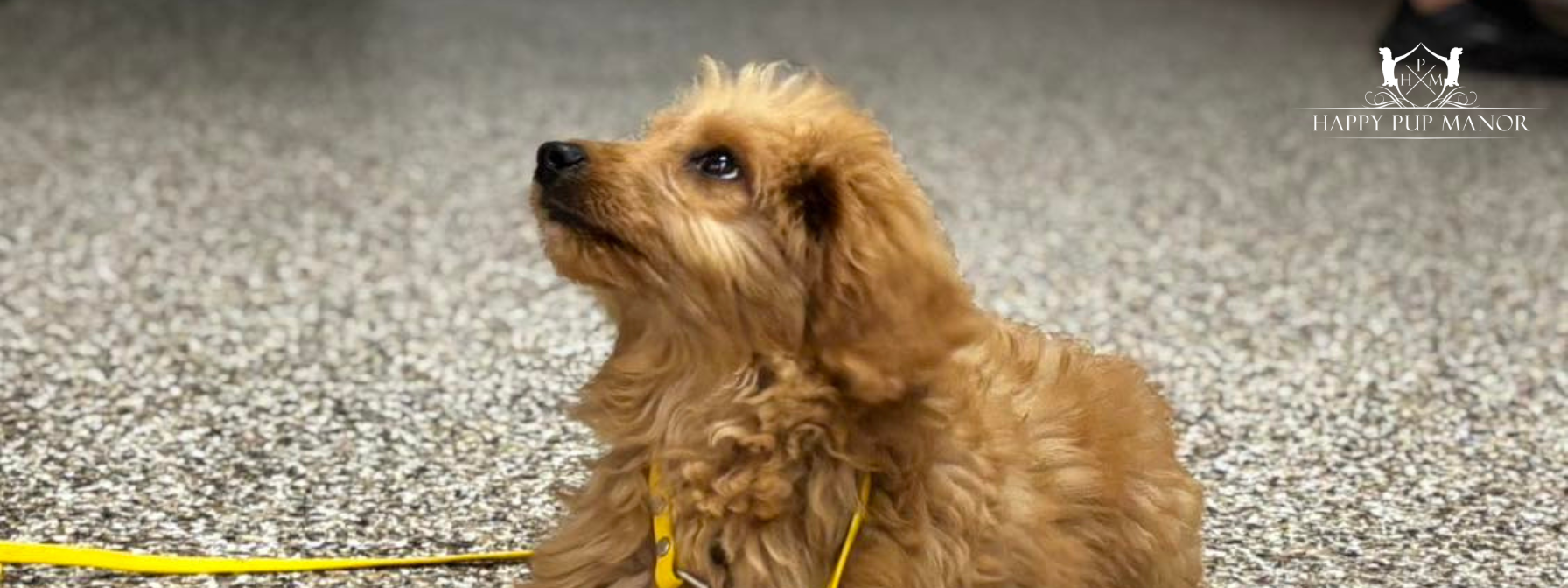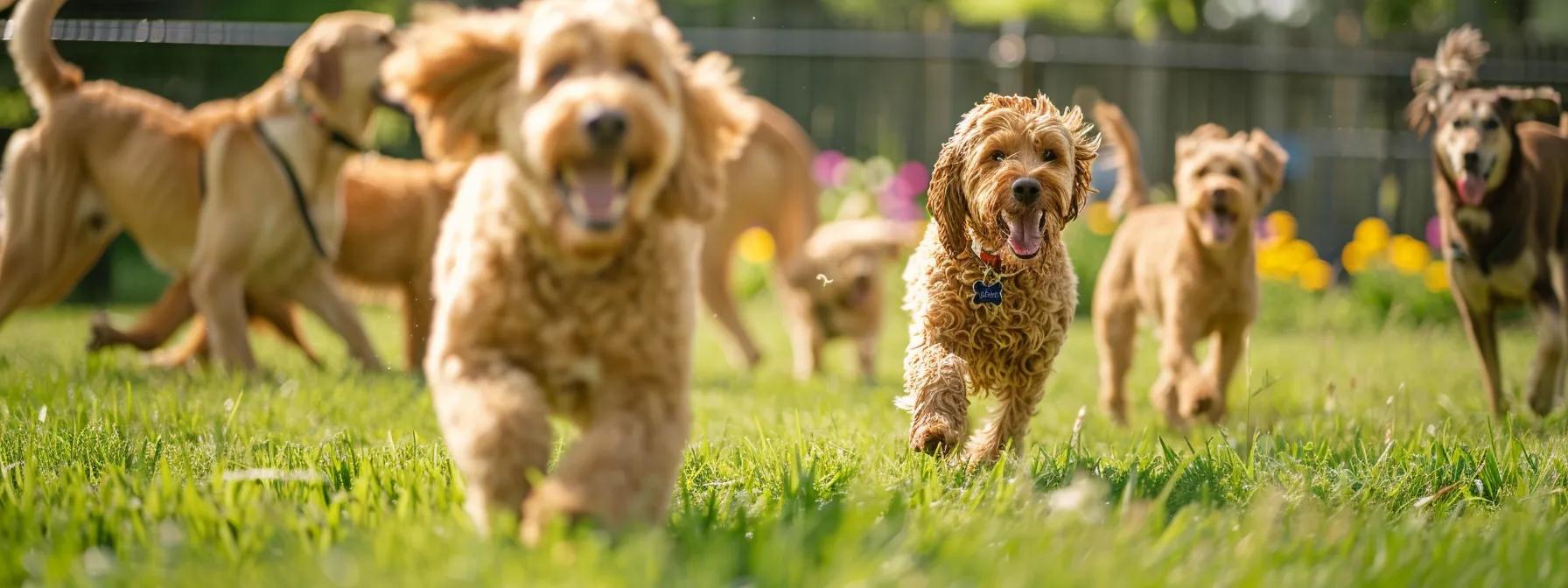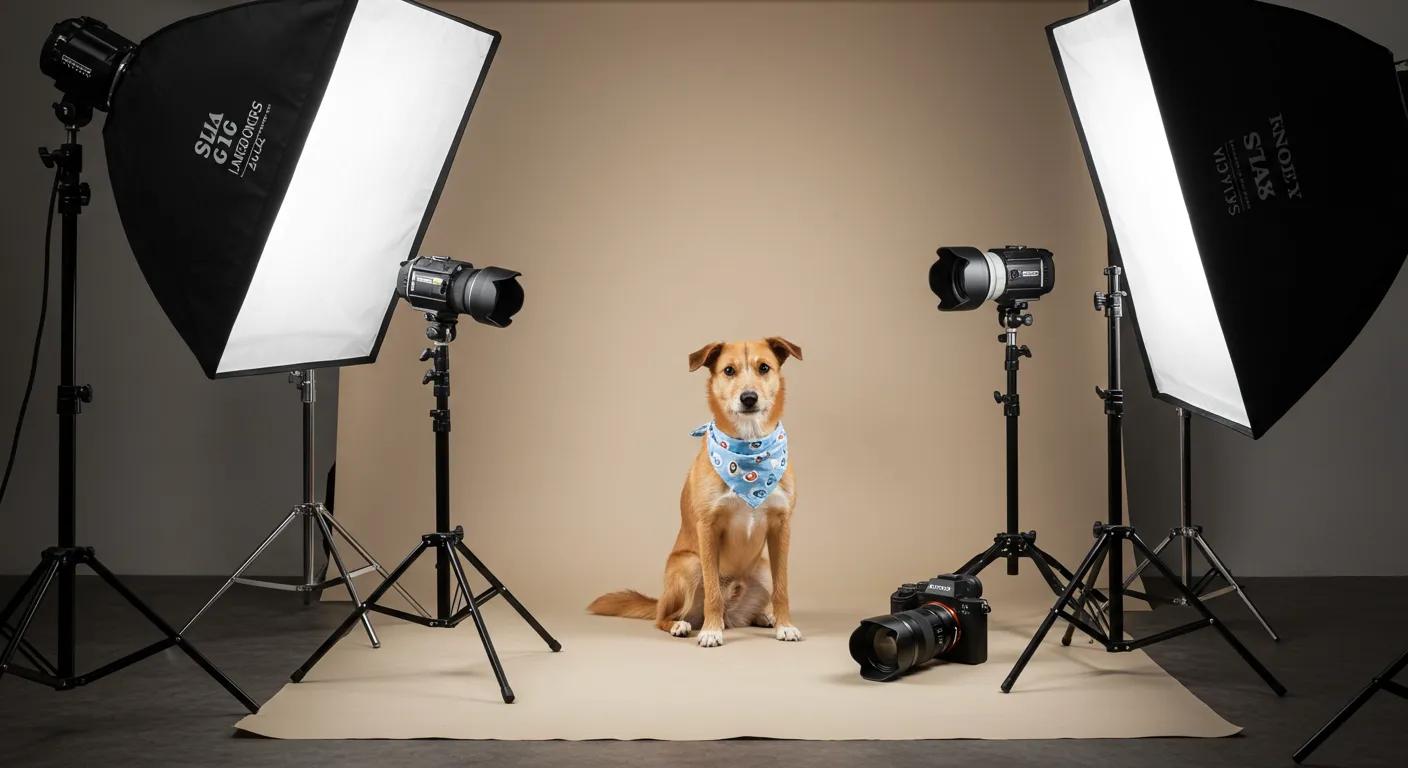How To Address Mouthy Behavior in Dogs?

How To Address Mouthy Behavior in Dogs?
Dog mouthing is a natural behavior that dogs often do whenever they want to get attention, play, or feel very excited. Puppies are very mouthy since it’s their way of learning about their surroundings and helps ease their teething.
Still, as puppies grow, they should be able to overcome their mouth behavior and learn to be gentler. Adult dogs can cause pain and injury when mouthing, especially since it is more difficult to suppress them. As dog parents, it is important to teach your pup how to stop mouthy behavior as soon as possible since it can be harder to teach an adult how to stop
Identify What Triggers The Mouthy Behavior

You must observe and analyze your pet in various situations to identify what triggers your puppy or dog to display mouth behavior. This can include interactions with other humans and animals, his behaviors in different places, and even when your pup is alone.
Take Note of The Context
When you see your dog being mouthy, pay attention to what is happening around him that might have caused it. For example, your dog might get very excited when seeing a cat or squirrel or whenever he wants to play or run, which in turn makes him very mouthy. Your pup may also get triggered when seeing certain family members, during feeding time, or even when he needs to go potty. Identifying the context that leads to your pup getting triggered is very helpful so you can catch the mouthy behavior in the future before it happens.
Analyze Body Language
Dogs often show subtle signs before becoming mouthy. Pay attention to your pup’s body language, such as suddenly raising his head and staring, tense muscles, raised hackles, or growling. Changes in your dog’s movement from being relaxed can indicate that he might get mouthy, and it would be best if you could identify when these happen.
Take Note of Your Observations
Make sure to keep a detailed record of your observations, taking note of the triggers, the context, and situations whenever your dog exhibits mouthy behavior. Having a record will help you better identify common triggers and track your pup’s progress over time. Your observation notes will also come in handy if you ever need to consult with your veterinarian or a professional dog trainer.
Experiment and Confirm the Triggers
Once you have observed your pup for a certain time and have identified possible triggers, you can try experimenting to confirm their influence on your dog’s mouth behavior. For example, you can expose your pup to triggers like going to a crowded park and observe if this triggers him to be mouthy. If the behavior occurs consistently, you can conclude that it is a likely trigger for your pup.
Tips On How To Address Mouthy Behaviors

Redirect Your Dog With a Command
When your dog mouths you, immediately use a firm voice to command “no” or “leave it.” Once they cease mouthing, reward them with praise and a treat. You can also redirect their focus to a suitable chew toy or interactive game, guiding them towards understanding what they can chew on and offering an outlet for their natural urge to chew.
Ignore Your Dog
If your dog nips or jumps, avoid giving it attention. If your dog mouths you and receives no attention, they will eventually learn that mouthing is not an effective way to gain your attention. You can combine this with the first tip of saying “no” or “leave it” then ignore your dog until he stops mouthing.
Make Sure Your Dog Gets Plenty of Exercise
A tired dog is less likely to be hyper and mouthy. Regular exercise aids in burning off excess energy, decreasing hyperactivity, and minimizing the likelihood of mouthing behavior to release pent-up energy. Furthermore, exercise contributes to your dog’s overall health and well-being. It’s important to customize the exercise routine according to your dog’s capabilities and seek advice from a veterinarian if you have any concerns.
Use a Leash
 Using a leash when your dog mouths you in public is crucial since this helps you maintain control and prevent it from mouthing others. Consistent use of a leash allows you to effectively manage and curb your dog’s mouthing behavior in public places. This reflects good pet ownership by ensuring the safety and comfort of both your dog and those around it.
Using a leash when your dog mouths you in public is crucial since this helps you maintain control and prevent it from mouthing others. Consistent use of a leash allows you to effectively manage and curb your dog’s mouthing behavior in public places. This reflects good pet ownership by ensuring the safety and comfort of both your dog and those around it.
Train Your Dog to Sit or Stay
If your dog knows how to obey commands like “sit” or “stay,” it will be easier to divert its attention when it starts mouthing. To teach your dog the “sit” command, begin in a controlled environment such as your home. Hold a treat just above your dog’s head, slightly out of reach. Gradually move the treat backward, causing your dog’s head to tilt back naturally and their bottom to lower to the ground. The moment their bottom touches the ground, firmly say “sit” and offer the treat. Repeat this process until your dog comprehends the command and consistently sits upon hearing “sit.”
Use Positive Reinforcement
Reward your dog with treats or praise when it exhibits desired behaviors, like playing with appropriate toys instead of nipping. This positive reinforcement helps your dog associate good behavior with positive outcomes, encouraging it to repeat it. By consistently rewarding desirable behavior, you encourage good habits and strengthen the bond between you and your dog.
Be Consistent
Maintaining consistency among all family members and visitors is crucial when addressing mouthy behavior and employing training techniques. Inconsistency can confuse your dog and hinder progress in training. Ensuring everyone is on the same page creates a unified approach that reinforces expectations for your dog.
Avoid Rough Play
Avoid participating in rough play or games that could encourage mouthy behavior in your dog. Instead, concentrate on gentle interactions and engaging in appropriate play activities together. This helps establish boundaries and encourages your dog to engage in positive behaviors during playtime.
Other HelpfulTips:
- Give your dog alternative outlets for his chewing needs, such as giving frozen treats or chew toys
 If your pup is refusing to stop his mouthing behavior, put him on a “time out” by putting him in his crate, on a leash, or on a separate room until he calms down
If your pup is refusing to stop his mouthing behavior, put him on a “time out” by putting him in his crate, on a leash, or on a separate room until he calms down - Keep your pup busy and mentally stimulated by giving him a licking mat with his favorite treats whenever he behaves or stop his mouthing behavior immediately
Consult a Professional
If your dog’s mouthy behavior persists or worsens despite your training efforts, it may be beneficial to seek assistance from a professional dog trainer or behaviorist. These experts can evaluate the situation, identify underlying causes, and offer personalized advice and techniques to address the issue effectively. Seeking professional help can provide valuable insights and support in managing your dog’s behavior and promoting positive changes.
 Here at Happy Pup Manor, our expertise in training doodles, retrievers, and smaller breeds, combined with our warm, personalized approach, ensures your pup gets the attention and care it deserves while giving it the proper training to address its behaviors. We treat every puppy as unique individuals, tailoring its activities to its personality, preferences, and needs.
Here at Happy Pup Manor, our expertise in training doodles, retrievers, and smaller breeds, combined with our warm, personalized approach, ensures your pup gets the attention and care it deserves while giving it the proper training to address its behaviors. We treat every puppy as unique individuals, tailoring its activities to its personality, preferences, and needs.











